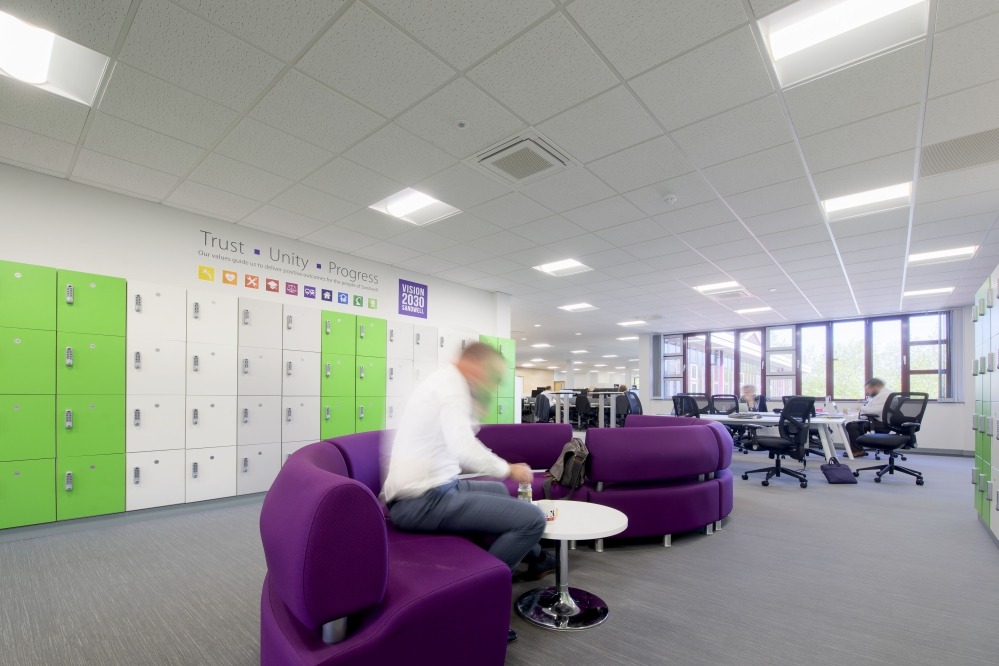
Taking control of wellbeing through lighting
Debbie-Sue Farrell, Head of Wellbeing at Tamlite Lighting, explores the benefits of human-centric lighting in the workplace.
With our eyes responsible for 80% of the information we gather, it's always been important to provide a well-lit working environment.
From the avoidance of glare, to a type, and quality of illumination that aids concentration, lighting can contribute significantly to the comfort levels of people while they're working.
Workplaces that are designed with a more ‘human-centric’ approach to lighting can make them healthier, safer, and happier places.
This means both employers and staff are realising the value of workplaces that focus on creating a positive environment.

Wellbeing should be a primary consideration for any new building project or technology upgrade. Yet determining the ‘right’ lighting system in any given location requires careful research and implementation. There are no easy, ‘one size fits all’ solutions - but there are some important aspects to consider.
Natural light is the most important type of light in any workplace. Daylight dimming reduces the output of the luminaires when natural light levels increase, ensuring that lights are only used when they are required yet also providing a more organic lighting design. By seeking a perfect balance between natural and artificial light, it is possible to offer illumination that works in conjunction with natural rhythms. This works across different times of day, with different light output required.
The latest tunable lighting systems allow the lighting to be carefully adjusted to meet employee preferences and human circadian rhythms. Installing lighting that can be tuned to work in harmony with workers can help improve their overall wellbeing by reducing stress and anxiety, thus increasing productivity and profitability.
The efficiency of modern lighting goes up a further gear when used in conjunction with motion sensors and overarching control systems. These make it possible to use and direct light where and when it is required. Lighting control means that schedules and ‘states’ can be created and retained, allowing the lighting to match the requirements of the working space. This combination yields greater flexibility in terms of delivering a mixed lighting environment and making it easier to enact changes as requirements evolve.
With its very obvious benefits for employee productivity and morale – and its equally attractive implications for energy-related expenditure and support – lighting is a fantastic starting point for any company’s wellness journey.